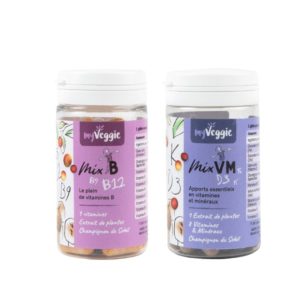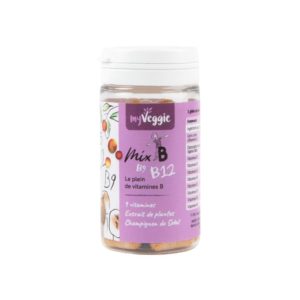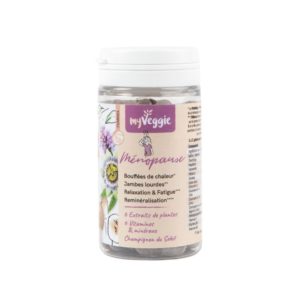Onycholysis is a pathology of the nail that consists of a partial or total detachment. Although it can be painless, if the cause is mechanical, it is necessary to limit the infection in case of fungus or to treat the inflammatory cause. How to heal the nail? What are the natural treatments for onycholysis?
What is onycholysis?
Definition of onycholysis
Onycholysis is a spontaneous and progressive separation of the nail from the "nail pulp", the name given to the small pinkish skin under the nail. This nail disease can go as far as the total detachment of the nail.
Symptoms of onycholysis
- The nail begins to chip. At this stage, nail disease is easier to treat naturally.
- The nail then begins to peel off at the tip.
- It can then change color to a pinkish, whitish and yellowish color. Depending on the cause of the onycholysis, it may even turn green, purple or gray.
Thus, it is necessary to take care of the nails which are flaking or which become whitish, it can be the sign of a detachment of the nail.
What are the causes of a nail detachment?
The causes of onycholysis can be mechanical, infectious or inflammatory
- A trauma to the nail.
- A skin condition or dermatological disease such as eczema, psoriasis, or lupus erythematosus that causes chronic skin inflammation.
- Thyrotoxicosis, the symptoms of which are due to an excessive secretion of thyroid hormones.
- Onychomycosis, a mycotic infection of the nails.
This nail condition can also be congenital, although this is much more rare.
Factors favoring nail detachment
- Vitamin deficiencies.
- Wearing shoes that are too tight or unsuitable for the shape of the foot, especially if the foot is wide.
- Regular exposure to humidity.
- Too much cleaning of the nails.
- An allergy to chemicals contained in a varnish or a solvent during a manicure or pedicure (acetone, acrylic, etc.) or in certain cleaning products, or in citrus fruits.
- Taking immunosuppressive therapy or antibiotic drugs (especially tetracyclines).
- Phyto-onycholysis when the nail is exposed to the sun after taking certain medications (psoralens, doxycycline, fluoroquinolones or vandetanib).
Thus, certain professions that subject the nails to regular contact with caustic products or repeated shocks are more at risk.
To prevent onycholysis, it is therefore important to choose the right size shoes and to wear gloves.
It should be noted that people with nail detachment are more likely to develop yeast or fungal infections such as mycosis.
What are the natural treatments for onycholysis?
When the nail detachment is too advanced, treatment must be dermatological:
- Local corticosteroid therapy applied to the nail pulp: corticosteroids can heal the affected nail by their antiproliferative and anti-inflammatory properties.
- In the case of recurrent onycholysis of mechanical origin, a molded orthoplasty can be used to modify the positioning of the nails.
- It is advisable to regularly cut the nails that come off to limit the spread of the trauma.
- In the case of mycosis or psoriasis, an antimycotic or antifungal treatment will be necessary, whether taken orally or with a topical cream















